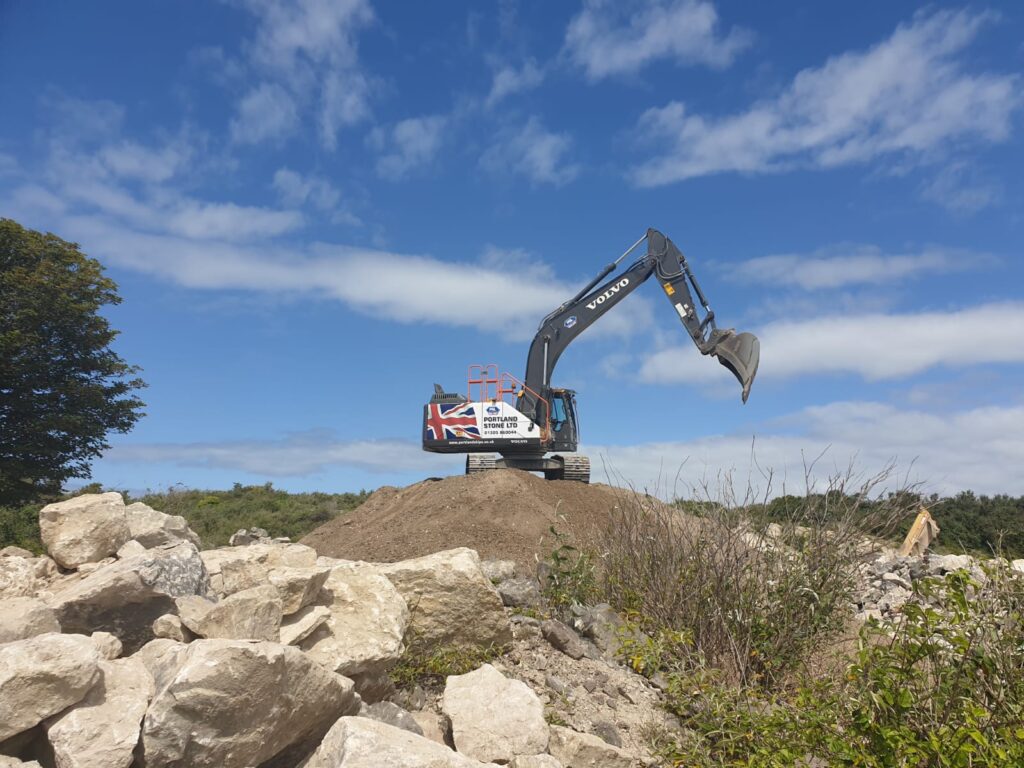£10 off all online orders over £100. Enter discount code 30YEARS
Contaminated Waste Treatment
Soil can be contaminated by many different human activities when hazardous substances are not used, stored, or disposed of safely. Instances of soil contamination are highest in urban areas and former industrial sites, where manufacturing, industrial dumping, land development, waste disposal, and excessive pesticide or fertilizer use could potentially occur.
Some contaminants, such as agricultural chemicals, are applied to the soil surface. Others are released below the surface, due to leaks from buried tanks, sewage pipes, or landfills. Furthermore, contamination is not always limited to a specific site and can seep through the soil into groundwater or be carried to nearby land and waterways in rainwater, or as dust.
Contaminated land contains substances in or under the land that are actually or potentially hazardous to human or animal health, property and, or polluting the environment. Contamination can also occur naturally as a result of the geology of the area, or through agricultural use. Many such sites may be affected by their former uses such as mining, industry, chemical and oil spills, and waste disposal.
If the land is legally considered ‘contaminated land’, the person who caused or allowed the contamination to happen is responsible for dealing with it, unless they either can’t be identified, exemption is granted, or the landowner is recognised and being accountable.
Cleaning-up land contamination is known as Remediation. It is the action required to ensure that land contamination is no longer a risk to human health or the environment. Remediation includes assessing the condition of the site, carrying out any necessary clean up, restoring the site and making follow up inspections. Options for treating contaminated soil include:
- Biological treatment/bioremediation uses bacteria to break down substances in the soil.
- Chemical oxidation converts contaminated soils into non-hazardous soils.
- Soil stabilisation involves the addition of immobilizing agents to reduce a contaminants’ leachability.
- Physical methods, like soil washing, use water to separate or remove contaminants.
Once testing has been carried out this will dictate if the waste can be disposed of at a treatment facility, if so, this reduces the cost and ensures it is diverted from landfill and recycled. If the treatment facility is unable to receive the waste then landfill is the only other alternative.
Please contact us for more information should you have any contaminated waste.
